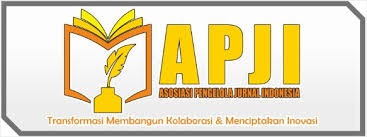Bridging the Digital Divide: Ensuring Equitable Access to Education Technology
DOI:
https://doi.org/10.70610/edujavare.v3i1.800Keywords:
Digital Divide, Education Technology, Equity, Infrastructure, Rural EducationAbstract
The digital divide in education perpetuates inequities, limiting access to essential learning resources and hindering students' academic success, particularly in underserved regions. This study investigates the barriers and opportunities in ensuring equitable access to educational technology across different geographical and socioeconomic contexts. Using a qualitative research approach, data were collected through in-depth interviews, focus group discussions, and field observations in three regions of Indonesia: Jakarta, Central Java, and Eastern Indonesia. The study found significant disparities in access to digital tools and resources, with urban areas facing digital literacy challenges and rural and remote areas encountering severe infrastructural obstacles. Moreover, sociocultural factors, such as gender and the lack of home-based support, further exacerbated these inequalities. The research highlights the need for context-sensitive and equity-driven policies that address infrastructural and pedagogical gaps. It also emphasizes the importance of community involvement in developing local solutions to bridge the digital divide. The study contributes to the growing body of literature on digital inequality in education by providing insights into the multidimensional nature of the problem and offering recommendations for more inclusive edtech strategies. The findings suggest that bridging the digital divide requires a holistic approach beyond access to technology and includes digital literacy, teacher training, and community engagement.
Downloads
Published
Issue
Section
License
Copyright (c) 2025 EDUJAVARE: International Journal of Educational Research

This work is licensed under a Creative Commons Attribution-NonCommercial-ShareAlike 4.0 International License.
License: CC BY-SA 4.0 (Creative Commons Attribution-ShareAlike 4.0 International License)









